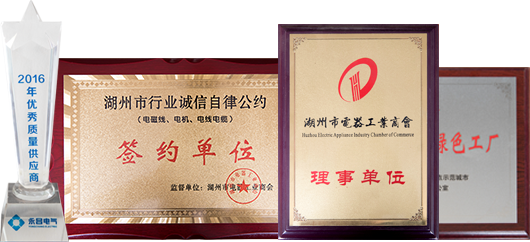Can you explain the differences in electrical and thermal properties between PEW (QZL) enameled aluminum wire and other enamel-coated aluminum wires?
Polyester Enameled Aluminum Winding Wire (PEW or QZL) is one type of enamel-coated aluminum wire used for various electrical applications. It exhibits specific electrical and thermal properties that differentiate it from other enamel-coated aluminum wires and impact its suitability for various applications. Here are some key differences:
Electrical Properties:
Electrical Conductivity: Aluminum has a lower electrical conductivity compared to copper. This means that for a given cross-sectional area, aluminum has a higher electrical resistance. As a result, PEW aluminum wire may have slightly higher resistance compared to copper wire of the same size, which can lead to slightly reduced electrical efficiency.
Skin Effect: At high frequencies, aluminum's lower electrical conductivity becomes more pronounced due to the skin effect, where current tends to flow near the surface of the wire. This can limit the use of PEW aluminum wire in high-frequency applications compared to copper.
Thermal Properties:
Thermal Conductivity: Aluminum has excellent thermal conductivity, which means it can dissipate heat efficiently. This property can be an advantage in applications where heat dissipation is important, such as in transformers and motors.
Temperature Rating: PEW aluminum wire typically has a temperature rating that depends on the specific insulation material used. It is important to choose an insulation material that can withstand the expected operating temperatures. Some PEW wires can handle high temperatures, making them suitable for demanding environments.
Coefficient of Thermal Expansion (CTE): Aluminum has a higher coefficient of thermal expansion compared to copper. This means that aluminum expands more when exposed to temperature variations. In applications where tight tolerances are critical, this expansion can be a consideration.
Can you provide insights into the manufacturing process and quality control measures for PEW (QZL) enameled aluminum wire to ensure consistent insulation thickness and electrical performance?
The manufacturing process of Polyester Enameled Aluminum Winding Wire (PEW or QZL) involves several steps to ensure consistent insulation thickness and electrical performance. Quality control measures are crucial throughout the process to meet the desired standards. Here are insights into the manufacturing process and quality control measures:
1. Aluminum Rod Preparation:
The process starts with high-purity aluminum rod. The rod is cleaned and drawn through a series of dies to achieve the desired wire diameter.
Quality control at this stage involves checking the diameter, purity, and surface quality of the aluminum rod. 2. Wire Coating:
The aluminum wire is coated with a layer of enamel insulation. The type of enamel and its formulation depend on the application and required electrical and thermal properties.
Quality control measures include ensuring the proper thickness and uniformity of the enamel coating. This is often done using automated coating machines that monitor and adjust coating parameters.



